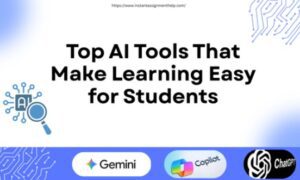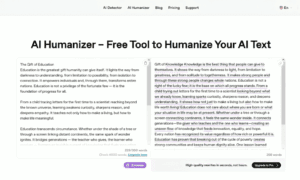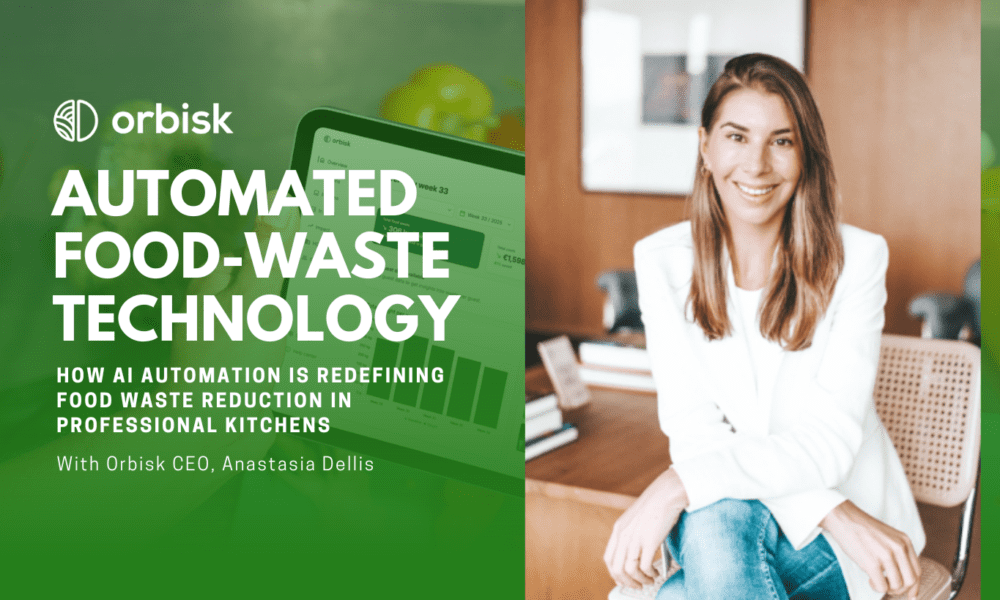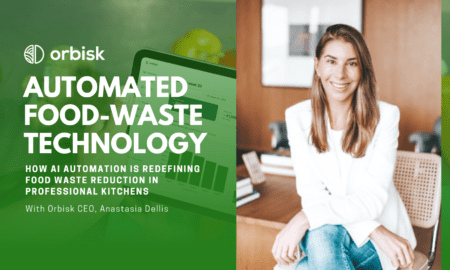Digital traffic is more than just pageviews and clicks — it’s the fuel that powers nearly every revenue-generating activity online. Whether you’re building a marketing strategy for a business or learning the foundations of advertising as a student, understanding where traffic comes from and how it’s shaped is an essential skill.
Affiliate marketing platforms like CIPIAI are built entirely around this principle. They connect advertisers and publishers through performance-based models, and rely on intelligent traffic routing to drive measurable results. If you’re curious about the most effective sources, this breakdown of top CPA traffic channels in 2025 is a great place to start.
In this guide, we’ll explore what digital traffic really means, how it’s measured and segmented, and why traffic sources matter more than ever in today’s data-driven economy.
What Is Digital Traffic?
Digital traffic refers to users who visit a website, app, or digital platform. But it’s more than just a number — traffic comes in many forms, each with different levels of intent, quality, and potential for conversion.
Key Traffic Metrics Include:
- Sessions: total visits to a page or platform
- Unique visitors: individual users during a time period
- Bounce rate: percentage of visitors who leave without interaction
- Time on site: average time spent by each user
But in marketing — and especially in CPA (Cost Per Action) models — we care most about engaged traffic that performs a measurable action: signup, install, subscription, or purchase.
The Importance of Traffic Quality
One of the biggest misconceptions in digital marketing is that more traffic always means better results. In reality, where traffic comes from often matters more than how much of it you have.
Let’s take two simple examples:
|
Source |
Visitors |
Conversions |
Conversion Rate |
|
Organic blog traffic |
1,000 |
80 |
8% |
|
Untargeted popunder traffic |
5,000 |
30 |
0.6% |
Clearly, targeted, trusted traffic performs better. This is especially relevant in CPA marketing, where advertisers only pay when real actions are completed — not just for impressions or clicks.
The CPA Model and Performance-Based Thinking
CPA (Cost Per Action) is a model where advertisers pay only when a user takes a specific action — such as installing an app, submitting a form, or making a purchase. It’s efficient, scalable, and widely used in affiliate marketing.
For students of marketing, understanding the CPA ecosystem is a gateway into data-driven decision making. It requires clear measurement, attribution, and analysis of what caused a user to act — and that always ties back to traffic source.
Top Digital Traffic Sources in 2025
Let’s review the most relevant channels used in CPA campaigns and affiliate marketing, as outlined in this in-depth traffic guide:
1. Search Engine Optimization (SEO)
Organic search remains one of the highest-converting traffic sources, especially for educational, informational, or review-based content. SEO traffic is intent-driven — users are actively searching for solutions.
2. Native Advertising
Native ads blend in with content and are often less intrusive. Platforms like Taboola and Outbrain allow performance marketers to run campaigns that feel more like articles than ads.
3. Push Notifications
Opt-in browser push ads can send traffic directly to landing pages. It’s mobile-friendly and works well in emerging markets.
4. Email Traffic
Still one of the most powerful tools — especially when traffic is segmented by interests or past behavior. Email campaigns with embedded affiliate links remain highly profitable.
5. Social Media (Paid & Organic)
From TikTok to LinkedIn, social platforms offer granular targeting — but compliance and privacy policies make performance marketing trickier here than it once was.
Evaluating Traffic for Your Campaign
Choosing the right traffic source depends on your goals and the audience you want to reach. Here’s a simplified framework students and marketers alike can use:
|
Goal |
Best Channels |
|
Awareness |
SEO, social organic, YouTube |
|
Engagement |
Email, native ads |
|
Conversion |
Paid search, retargeting, push ads |
|
Monetization |
Affiliate offers, smartlinks, app installs |
Working with a platform like CIPIAI allows marketers to test and optimize across multiple channels. The platform provides analytics, tracking, and offer recommendations tailored to your traffic.
Traffic Ethics and Responsibility
An important aspect of traffic in marketing education is the emphasis on ethical promotion. This includes:
- Avoiding misleading ads or landers
- Respecting user privacy and cookie laws (e.g. GDPR)
- Using consent-based opt-ins (especially for push or email)
- Promoting verified, value-based products — like privacy tools, educational apps, or utilities
The rise of security-conscious consumers and legislation around tracking means marketers must take responsibility for how and where they drive traffic.
FAQ – Learning to Work With Traffic Sources
❓How do I know if a traffic source is “good”?
Look at conversion rate, user intent, and engagement. A high volume with no actions means poor quality.
❓Can beginners run affiliate campaigns with CPA traffic?
Yes. Platforms like CIPIAI offer beginner-friendly interfaces, smartlinks, and auto-optimized traffic paths by GEO, device, and vertical.
❓Are all traffic sources legal and compliant?
Not always. That’s why it’s important to work with verified partners and avoid blackhat sources like forced clicks or fake redirects.
❓What’s the best first traffic source for a student or solo marketer?
Start with content-based channels like SEO or native advertising — they’re cost-effective and scalable with time.
Conclusion: Why Traffic Knowledge Is Foundational
Traffic is the currency of the digital economy. Whether you’re a student learning marketing or a professional launching performance campaigns, understanding traffic isn’t optional — it’s foundational.
You don’t need to master every channel at once. Start with one, study how it works, learn the data, test offers, and measure impact. Platforms like CIPIAI can help by providing tools, offers, and insights — but it’s your understanding of traffic that turns clicks into real value.



































